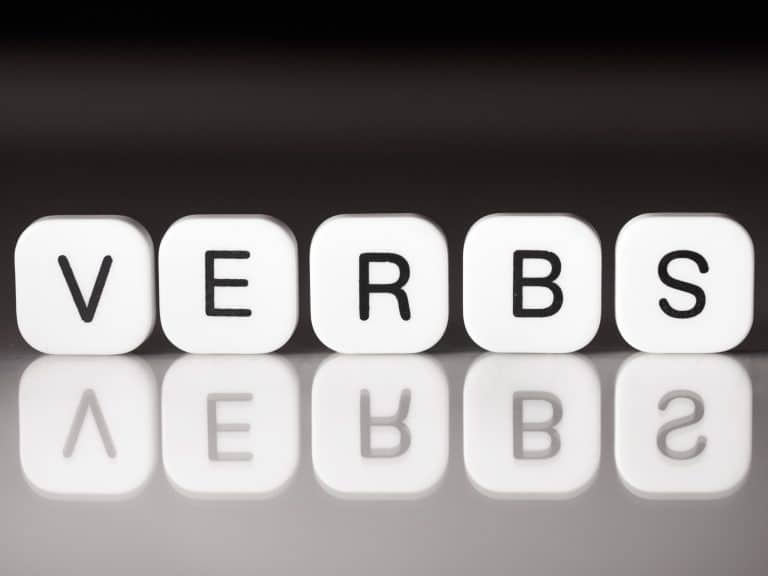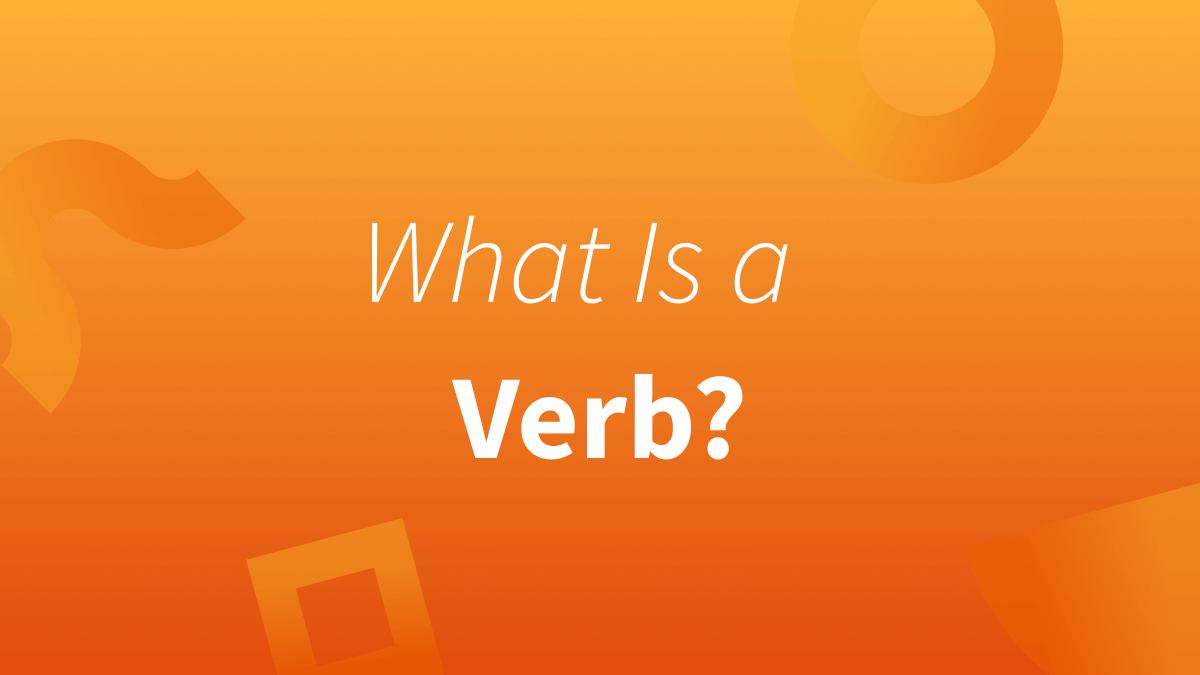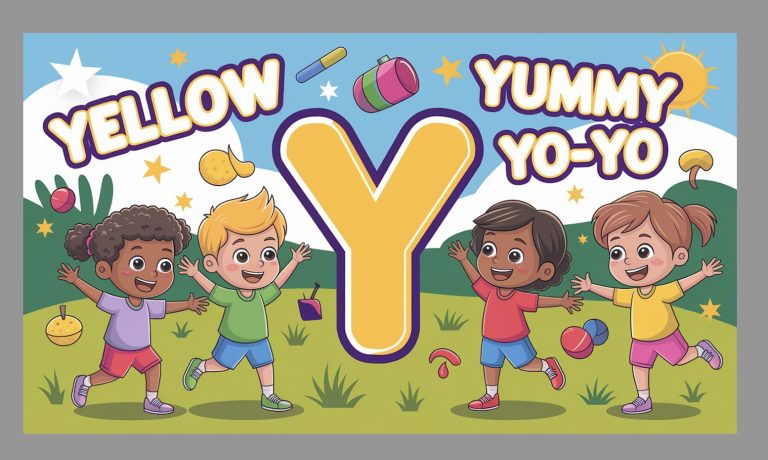A complete sentence structure comprises two main parts: the subject and the verb.
And when you have just begun learning the language, analyzing the different components isn’t always as easy as it may sound.
Especially when it comes to verbs, kids learning to split the different parts of a sentence to identify the parts of speech may find it tough initially.
Why talk about kids? When presented with a grammar test, adults may also find it difficult to identify the parts of speech in a sentence, namely, nouns, pronouns, verbs, adverbs, or adjectives.
In this article, we will discuss the possible ways to identify verbs in a sentence.
This article aims to give you a basic understanding of identifying the verb and type of verb in the sentence.
So, if you are struggling to find the right guide to detailed verbs for kids, this article is just the one for you!
What is a Verb?
Of course, before we delve into how to find a verb in a sentence, we first need to know what a verb is.
A verb is an action word that either tells us what the subject is doing or links the subject to a state of being.
You could call it a link that holds a sentence together. Converting a thought or writing a full sentence is impossible without a verb.
It gives information about the sentence’s subject concerning action, time, and state of being.
How Can You Identify a Verb In a Sentence?
Here are fundamental guidelines for identifying the verb in a sentence:
1. Time of Action
A verb tells us about the time of an action. When you read a sentence, there will be one word that will help you identify when the action happened or will happen.
So, one of the easiest ways to find a verb is to change the verb tense to see if the sentence makes sense. If it does, you’ve found the verb.
Example: John rides the bicycle
By changing the tense to
Past Tense: John rode the bicycle.
Future Tense: John will ride the bicycle.
(The underlined word denotes a verb).
2. Links an Action
A verb tells us the action the sentence’s subject is doing, did, or will do.
It links the subject to the action and completes the sentence.
So, ask the question, “What is the subject doing?” The word that helps answer this is the verb itself.
Example: Amanda is playing in the garden.
Question: What is Amanda doing?
Answer: She is playing in the garden.
(The underlined word denotes a verb).
3. Conveys a Feeling or a State of Being
A verb also connects the subject of the sentence to an adjective.
It helps identify the emotions or even completes a sentence by linking it to a word that shows the state of being.
So, by asking, “What is the subject trying to tell us?” you can identify the verb.
Example: Rachel is sad.
Question: What is Rachel feeling?
Answer: Sadness (The word ‘is’ helped you understand the subject’s emotion).
Example: The fruit turned sour.
Question: How is the fruit right now (that is, what is the state of the fruit currently)?
Answer: It is sour (The word ‘turned’ helped you identify the state of the fruit.
4. Helps Establish an Action
Apart from linking the subject to an action and telling the time of the action, a verb also helps establish the action.
In this case, there is this verb called the ‘main verb,’ which states the action. To support the statement, another verb is added, called the ‘helping verb.’
Example: John is swimming in the backyard pool.
Explanation: “Is” is the helping verb that establishes the authority of the action ‘swimming.’
5. Follows the Main Subject
Sometimes, the subject of a sentence does not convey an action but states a fact.
The word that links the subject to the fact to convey a complete sentence is thus called the ‘linking verb.’
One of the easiest ways to identify the linking verb is that it is present right after the sentence’s main subject.
Example: She ate lunch.
Explanation: Present right after the subject ‘She,’ the verb establishes the fact that the subject had their lunch.
6. Accompanies Words Ending With ‘-ing’
Another easy way to identify a helping verb is by locating the word preceding the word ending with ‘-ing.’
The word ending in “-ing” is the main verb, and the preceding word is the helper verb.
The main and helper verb constitute the verb in the sentence, so a verb is not always just one word.
It can be a longer collection of words depending on the tense of the sentence.
Examples: Jill is doing her homework.
Explanation: Jill has been doing her homework since morning.
Jim will be eating his lunch in some time.
7. Changes With the Tense of the Sentence
As a general rule, the word that can be conjugated to change the tense of the sentence is usually the verb in the sentence.
This is one of the easiest methods to identify the verb in a sentence but not always right.
However, this method can also help you identify the main verb in a sentence when it contains two verbs.
Example: Jack is eating his lunch.
Jack was eating his lunch.
Conclusion
For most adults, this topic may not seem to be very important.
But only when you apply for a competitive English test do you realize that identifying the different parts of speech in a sentence may not always be a child’s play like you have always felt.
Hence, it is necessary to brush up on English grammar guides.
Especially if you are a teacher, a parent with kids in elementary school, or preparing for an English proficiency test.
Did you find the article helpful? Do you think finding verbs in a sentence will be easier for you now? Let us know in the comments below.











